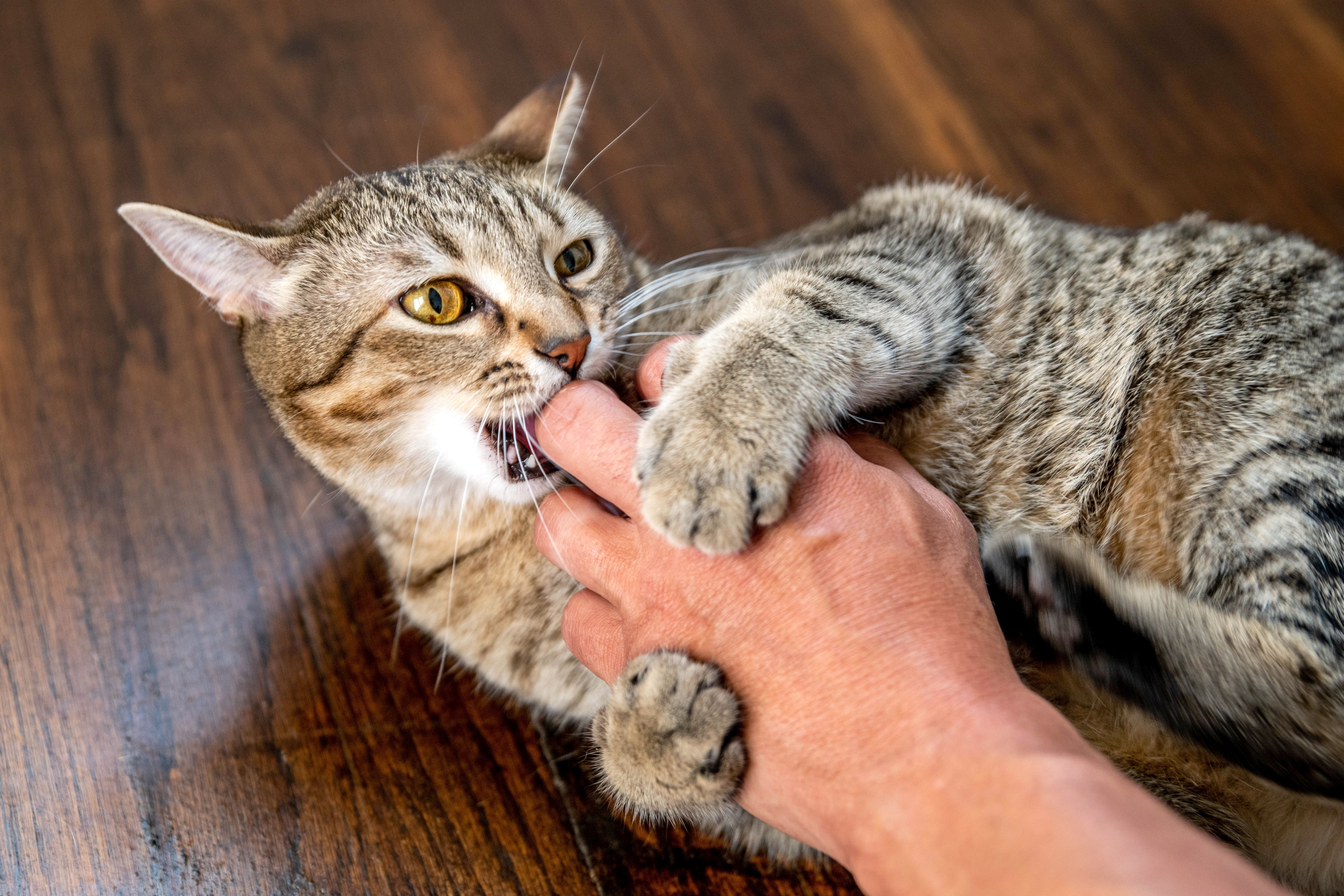Cats are mysterious creatures, often leaving their human companions puzzled by their actions. Many common feline behaviors are misunderstood, leading to frustration and confusion. Understanding the true reasons behind these actions can enhance the relationship between cats and their owners.
Biting:
Many cat owners have experienced their feline friends suddenly biting them during petting or playtime. While this may seem like an act of aggression, it’s often a cat’s way of communicating that they’ve had enough. Cats are sensitive animals, and when they feel overstimulated or uncomfortable, they might bite as a way of saying, "Please stop." Instead of viewing biting as a mean-spirited action, recognize it as your cat's way of setting boundaries.
Knocking Things Off Counters:
Cats have a notorious reputation for knocking objects off counters and shelves. While this behavior can be frustrating, it's not done out of spite. Cats often engage in this activity because they are bored and seeking stimulation. Knocking things over captures their interest and garners attention from their humans. Providing more playtime and interactive toys can help reduce this behavior and keep your cat entertained.
Spraying:
When cats spray walls and furniture, it’s often misinterpreted as a sign of anger or spite, especially if a new cat has been introduced to the household. However, this behavior is a territorial instinct. Cats spray to mark their territory and assert their dominance, particularly when they feel insecure about their space and relationships. Ensuring each cat has its own territory and resources can help alleviate this behavior.
Hiding from Strangers:
Cats that hide when visitors come over are often labeled as antisocial or unfriendly. In reality, this behavior is driven by fear and the need for safety. Cats are naturally cautious creatures and may feel threatened by unfamiliar people. Providing a safe space where your cat can retreat to and gradually introducing them to new people can help them feel more secure.
Scratching Furniture:
Scratching is an innate behavior in cats, crucial for maintaining their claws, marking territory, and stretching their muscles. When cats scratch furniture, it’s not an act of destruction but a natural instinct. To protect your furniture, provide scratching posts or pads in areas where your cat likes to scratch. Encourage their use by placing them in prominent locations and using catnip to attract them.
Eliminating Outside the Litter Box:
When a cat stops using the litter box, many owners assume it’s an act of rebellion or a response to being left alone. However, the underlying reason is often related to discomfort. If the litter box is too small, dirty, or in a noisy location, a cat may avoid it. Medical issues such as urinary tract infections can also cause litter box aversion. Ensuring the litter box is clean, appropriately sized, and placed in a quiet area can help resolve this issue.
Other Common Behaviors
- Head-Butting and Rubbing: Cats often head-butt and rub against their owners as a form of marking territory with scent glands located in their cheeks and forehead. This behavior is a sign of affection and bonding.
- Bringing "Gifts": When a cat brings dead prey or toys to their owner, it’s often misinterpreted as a morbid gift. In reality, cats are sharing their hunting success and expressing their trust and affection.
- Kneading: Cats knead with their paws on soft surfaces as a comforting behavior that originates from kittenhood. It’s a sign of contentment and relaxation.
- Chattering: When a cat makes chattering noises while watching birds or small animals, it’s not just excitement but also a form of frustration or instinctual mimicry of hunting behavior.
Understanding the true motivations behind your cat’s behavior can improve your relationship and create a more harmonious living environment. Recognize that many actions perceived as troublesome or aggressive are often rooted in natural instincts or a need for communication. By providing appropriate outlets and being attentive to your cat’s needs, you can foster a more understanding and supportive relationship.
